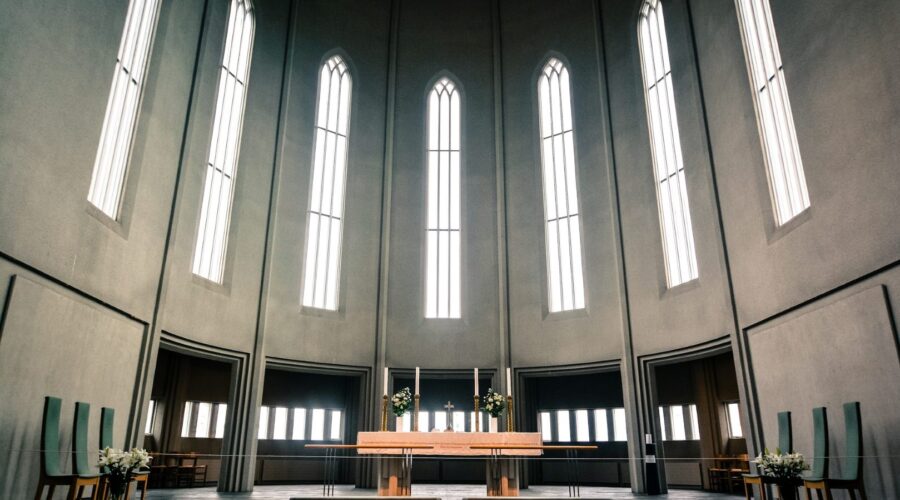Your cart is currently empty!
Unveiling the Central Figure of Catholicism: A Comprehensive Guide to the Catholic Pope

Introduction
The Catholic Church, an enduring institution spanning centuries, holds the Pope as its spiritual and administrative leader. With a role steeped in tradition and global influence, understanding the significance of the Pope is paramount for comprehending the fabric of Catholicism.
Historical Origins of the Papacy
The Role of Peter
The foundation of the Papacy can be traced back to Saint Peter, one of Jesus’s twelve apostles. According to Catholic tradition, Jesus entrusted Peter with the “keys to the kingdom of heaven” (Matthew 16:19), symbolizing his authority to govern the Church.
Early Bishops of Rome
Peter became the first Bishop of Rome, establishing the city as the center of Christian leadership. As Christianity spread throughout the Roman Empire, the Bishop of Rome emerged as the primus inter pares (first among equals) among other bishops.
Evolution of Papal Authority
Council of Nicaea (325)
The Council of Nicaea, convened by Emperor Constantine, officially recognized the Bishop of Rome as holding a unique position within the Christian hierarchy, further solidifying the papacy’s authority.
Papal Supremacy
Over time, the Pope’s authority grew significantly. During the Middle Ages, the Pope claimed supremacy over other bishops and secular rulers, leading to a series of conflicts with kings and emperors.
Key Aspects of Papal Authority
Spiritual Leadership
The Pope serves as the spiritual guide of the Catholic Church, responsible for preserving and interpreting Catholic doctrine. He is seen as the successor of Peter and the vicar of Christ on Earth.
Administrative Authority
The Pope is the head of the Vatican City State, the smallest independent state in the world. He also governs the Roman Catholic Church, overseeing its administrative structures, including dioceses, parishes, and religious orders.
Magisterium
The Pope possesses the supreme teaching authority within the Catholic Church, known as the magisterium. His teachings are considered infallible when he speaks on matters of faith and morals.
Responsibilities of the Pope
Ordination and Consecration
The Pope ordains new bishops and consecrates archbishops, ensuring apostolic succession within the Catholic Church.
Ecumenical Dialogue
The Pope engages in ecumenical dialogue with other Christian denominations and religions, striving to promote unity and foster interfaith cooperation.
Global Leadership
The Pope is a global figure who speaks out on social justice, peace, and other issues of international concern. He often travels abroad to meet with world leaders and address various challenges.
Election of the Pope
When a Pope dies or resigns, the College of Cardinals gathers in conclave to elect a new Pope. The process is highly secretive, and the cardinals are sequestered until a two-thirds majority is reached.
Papal Insignia and Symbols
Tiara and Pallium
Traditionally, the Pope wears a tiara, a triple-tiered crown, symbolizing his earthly and spiritual authority. He also wears a pallium, a woolen band around his neck, representing his role as a shepherd.
Papal Cross and Fisherman’s Ring
The Pope carries a pectoral cross, a symbol of his faith. He also wears a fisherman’s ring, adorned with the image of Saint Peter, denoting his apostolic ministry.
Current State of the Papacy
Pope Francis, elected in 2013, has brought a focus on social justice and environmental stewardship to the papacy. He has emphasized the importance of dialogue, humility, and inclusivity.
Conclusion
The Catholic Pope serves as the central figure in the Catholic Church, embodying its spiritual, administrative, and global leadership. Understanding the history, authority, responsibilities, and symbols associated with the papacy is essential for comprehending the wider context of Catholicism and its influence on the world.